Photographs: Danish Siddiqui/Reuters Masoom Gupte in Mumbai
In today's digital age, companies need to build an integrated communication strategy to stay ahead of the game.
It is difficult being a marketer in the digital age but now you feel you are on top of things.
Your corporate website is finally optimised. You've leveraged most of the social channels your customers are likely to use and have successfully grown communities on all of them.
For those segments of your business that require mobile apps, you've developed apps straddling various operating systems.
You've got the hang of digital out-of-home and have started building interactivity into your retail spaces as well.
You have tied up two sets of agencies for your digital and physical strategies and are happy you roped in the absolute best in the business.
You think you are way ahead of your peers.
Think again.
Once upon a time, not too long ago, it was enough for brands to have a presence across a range of channels, online and offline. Those days are over.
Already, it is increasingly difficult to determine where in-store retailing ends and e-commerce begins. Customers today are bouncing in and out of multiple channels across different devices.
...
How retailers can redefine shopping experience
Photographs: Jorge Silva/Reuters
This trend took its baby steps with the popularity of the internet, but has advanced in rapid and dramatic fashion in recent times, thanks to mobile and other digital technologies.
In such a scenario, simply having your fingers in each of these pies isn't enough to own the customer.
A Forrester Research report released last month on "The Future of Mobile App Development" suggests the best way to develop a mobile app is not to develop a mobile app: "If developers over rotate focus to building mobile clients, we risk creating the same vertical silos we're trying to work our way out of right now."
In other words, the days of silo marketing are over.
As distinctions between purchase channels blur, companies need to build an integrated communication strategy.
A strategy that will straddle all the channels - call centres, direct mail and catalogues, internet, mobile, physical selling locations and social media. Or, in other words, create an omni-channel experience.
Don't confuse the terms 'multi-channel' and 'omni-channel'. These are used interchangeably, but are not quite the same. Omni-channel is an evolution of multi-channel.
Essentially, omni-channel retail is more seamless - it sees physical stores, e-commerce, mobile commerce, social networks, catalogue, television and tablet collide to connect the shopping ecosystem.
...
How retailers can redefine shopping experience
Image: A shopper leaves a Tesco store.Photographs: Darren Staples/Reuters
An ideal example of omni-channel retailing is the virtual store Tesco experimented with in South Korea.
Screens were put up in areas with high footfalls, like subways. Customers could fill up their 'basket' by scanning bar codes accompanying the product displayed on the screen, make payment through their mobiles and choose a time for delivery or in-store pick-up. And just like that their fridge would be refilled while waiting for a train.
That said, corporate budgets have yet to align to support all these channels. But new research suggests marketers are waking up to the need to move from multi-channel to omni-channel strategies.
A study by Platt Retail Institute, which focuses on using technology to impact customer experience, shows that 43 per cent of firms studied are either currently evaluating an omni-channel marketing strategy or plan to implement one within the next three years.
Possible areas for integration
Marketers looking to develop an omni-channel approach must keep two factors in mind. The first is the use of data.
How does one make sense of the sheer volume of data and interpret it to get clues about the customer's journey from one touch-point to another?
...
How retailers can redefine shopping experience
Photographs: Reuters
In theory, omni-channel retailing will make marketing more efficient with offers that are specific to a consumer determined by purchase patterns, website visits and social network affinities, loyalty programmes memberships, etc.
The second is about offering a coherent experience across various touch-points. This does not mean you create an identical experience across each of the channels, but give customers a uniform message about the brand and making her feel at home with all the different ways in which she can interact with your brand.
Sample this: most international retailers, from technology brands like Apple to grocers like Walmart to home and lifestyle stores like Sears, allow buyers to place their orders online and pick up the delivery at the nearest physical store.
This satisfies the buyer's sense of immediate possession of the purchase with the added bonus of saving on shipping charges. It allows stores to reach a wider base of customers and also lure away customers they may fear losing to their online counterparts.
It seems like the obvious next step, but the challenges of setting up omni-channel retail are immense.
...
How retailers can redefine shopping experience
Photographs: Reuters
To be omni-channel would mean connecting the organisation's operations including logistics, supply chain, IT systems, social networks and advertising, and ensuring each platform knows what the other is doing.
As Chris Donnelly, global managing director of Accenture's Retail Practice, says, "The operating model and supporting infrastructure required by retailers to meet their customers' expectations for a seamless experience across all available channels is both time and capital intensive."
Every retail market follows a certain path to maturity. It begins with retailers sorting out the basics of logistics and back-end operations, moving on to managing front end and numerous categories.
Next is consolidating all these and heading towards shopper marketing. The final stage is omni-channel marketing.
Only a fraction of Indian retail is at the third level yet, says Ankur Shiv Bhandari, managing director (Indian subcontinent), Kantar Retail (part of the Kantar Group, the insight and consulting arm of WPP). Most retailers don't even have a multi-channel presence yet, omni-channel seems a far way off.
"Indians are not shopping online for convenience as yet. We are still a few years away from that turn in business," says Nilesh Gupta, managing partner, Vijay Sales, an electronics chain.
...
How retailers can redefine shopping experience
Photographs: Reuters
It has an online presence but that doesn't form a significant portion of business yet. It has, however, integrated the inventories in a way that the same distribution centres are used to cater to the areas they deliver in.
The inventory for online and offline channels is managed separately with the online sales team tracking the popularity of products being sold through the channel.
A complete integration of inventories is what US-based chain Nordstrom achieved. The chain displayed on its website the web warehouse as well as individual store inventories.
The customer could then choose to either reserve it at a nearby store and pick it up later, or order through the web warehouse and get it after a few days.
And if the product of choice was available only at a store in a different city, shipping would be that specific store's responsibility.
Such an overhaul in the manner of conducting business can be brought about only via significant investment in technological solutions.
For every touch-point to perform a multifaceted role, there must be clear knowledge of what is happening with every channel.
These solutions offered by software providers have hefty price tags, ranging from a few lakhs to tens of crores.
...
How retailers can redefine shopping experience
Photographs: Paul Hackett/Reuters
In-store pick-ups, accepting returns at stores, similarly passing on the responsibility of shipping to a store where required can, however, become tricky even with technological help.
Who takes deliveries at the store, who takes responsibility for the products, how long do you hold the product for, who looks after shipping etc are questions one must contend with and a clear role definition needs to evolve.
Outsourcing the forward and reverse logistics is a much simpler way of doing business. The last mile delivery is non-core to the business, especially once you have established the delivery pattern with your logistics partner.
What's more, the Indian market has its own unique ways of getting through the day's chores.
Pick-ups of online orders at stores haven't really been explored by Indian retailers yet.
...
How retailers can redefine shopping experience
Photographs: Paul Hackett/Reuters
Reasons vary from "the purpose is defeated by the presence of the neighbourhood kirana " to an extension of this logic, "the hassle of just pick-up-and-carry is too great.
If there is an actual visit, there must be more than just take-and-go". Besides, options such as these cannot be offered on a whim.
You need to plan your manpower to be dedicated to the job. And just in case there aren't enough pick-ups, be ready to justify the cost.
Most companies aren't equipped to handle the strategic and tactical shift in a jiffy - their business and operational structure is defined by a channel-specific approach.
But the new technologies and the change they bring in their wake are bound to challenges many more marketers to step out of our comfort zone - their siloed world - and think about how to approach a device-agnostic world.
That's a good start.


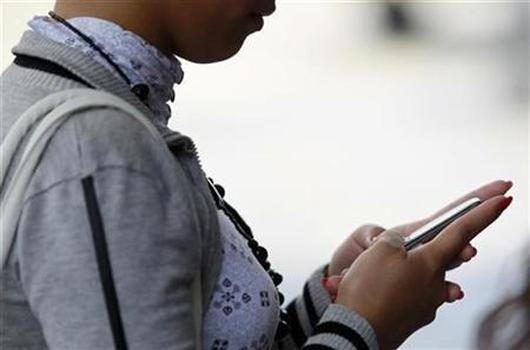
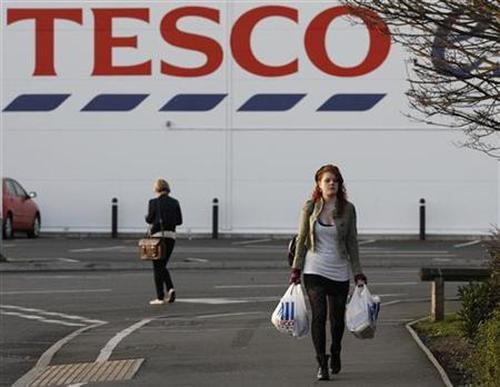

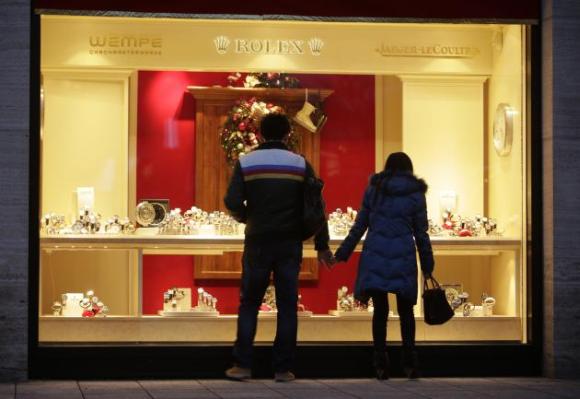
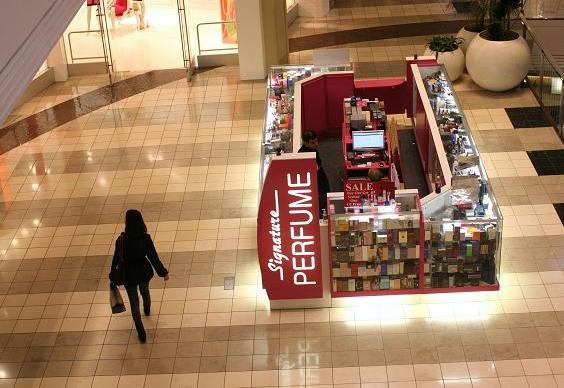
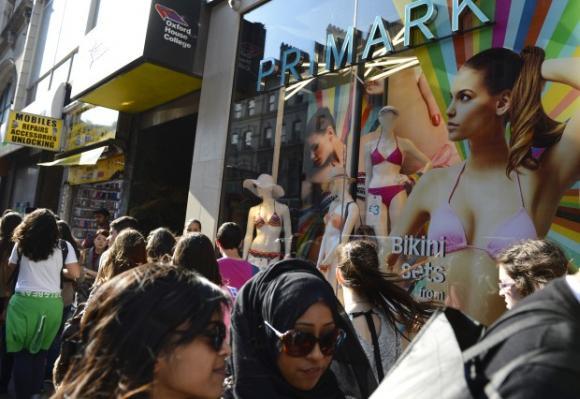


article